
The 55th Coke's Rifles was a regiment of the British Indian Army. It was raised in 1849 as the 1st Regiment of Punjab Infantry. It was designated as the 55th Coke's Rifles in 1903 and became 1st Battalion (Coke's) 13th Frontier Force Rifles in 1922. In 1947, it was allocated to the Pakistan Army, where it continues to exist as 7th Battalion The Frontier Force Regiment.

The East Bengal Regiment is an infantry regiment and the largest military formation of the Bangladesh Army.
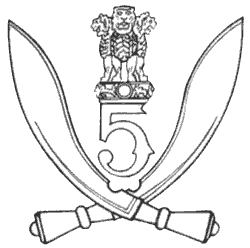
5th Gorkha Rifles, also abbreviated as 5 GR(FF) is an infantry regiment of the Indian Army comprising Gurkha soldiers of Nepalese origin. It was formed in 1858 as part of the British Indian Army. The regiment's battalions served in the First World War (Mesopotamia) and Second World War.
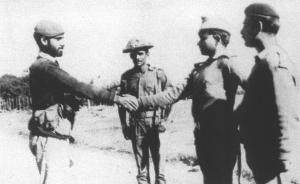
The First and SecondBattles of Hilli were two major battles fought during the Bangladesh Liberation War on 22–24 November and 10–11 December 1971. They are generally regarded as the bloodiest battles of the eastern front of the Indo-Pakistani War of 1971. The first battle saw, according to veterans of the battle, the fiercest fighting of the war, but the second was much tamer.
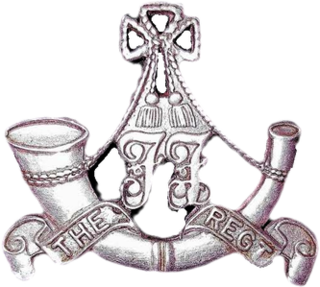
The Frontier Force Regiment is one of the six infantry regiments of the Pakistan Army. They are popularly known as the Piffers in reference to their military history as the PIF of the British Indian Army, or as the FF. The regiment takes its name from the historic North-West Frontier, a former province of British India and later Pakistan.
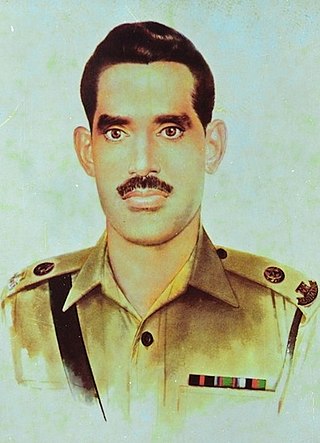
Major Muhammad AkramNH was a military officer in the Pakistan Army who was cited with the Nishan-e-Haider posthumously after the military confrontation took place in railway station in Hilli, East-Pakistan.

The 9th Gorkha Rifles is a Gorkha infantry regiment of the Indian Army and, previously, the British Army. The regiment was initially formed by the British in 1817, and was one of the Gurkha regiments transferred to the Indian Army after independence as part of the tripartite agreement in 1947. This Gorkha regiment mainly recruits soldiers who come from Nepal's Gorkhali warrior community i.e. the Khas/Chhetri and Thakuri clans. Domiciled Indian Gorkhas are also recruited, and they form about 20 percent of the regiment's total strength. The 9 Gorkha Rifles is one of the seven Gorkha regiments of the Indian Army. The other regiments are 1 GR, 3 GR, 4 GR, 5 GR (FF), 8 GR and 11 GR.
Sitara-e-Jurat is the third highest military award of Pakistan. It was established in 1957 after Pakistan became a republic; however, it was instituted retrospectively back to 1947. It is awarded for gallantry or distinguished service in combat; and can be bestowed upon officers, junior commissioned officers, petty officers, warrant officers, soldiers, sailors, airmen, and equivalents in the Pakistan Army, Navy, Air Force, and various paramilitary forces under federal control, such as the Frontier Corps, the Frontier Constabulary, and the Pakistan Rangers. It may be considered to be roughly equivalent to the Military Cross and the Silver Star.

Tamgha-i-Jurat, is the fourth highest military award of Pakistan. This citation is awarded for extraordinary heroism while engaged in armed combat with an opposing force on Pakistan soil or outside its borders. The award was established in 1957 after Pakistan became a republic, however, it was instituted retrospectively back to 1947. This medal is awarded for various types of high risk tactical missions like combat, tactical reconnaissance and infiltration and can be bestowed upon all ranks, commissioned officers and non-commissioned officers, in the Pakistan Army, Navy, Air Force, and the paramilitary Civil Armed Forces such as the Frontier Corps, the Frontier Constabulary and the Pakistan Rangers. Ranked below the Sitara-i-Jurat on the order of precedence, the Tamgha-i-Jurat is the equivalent to the Military Cross in the U.K Commonwealth honours system and the Silver Star in the United States honours system.

Senior Tigers is the nickname of the 1st East Bengal Regiment of Bangladesh Army.
The Frontier Force Regiment of the Pakistan Army consists of battalions with their own history. Most were formed after independence, but some are much older.

The structure of the Pakistan Army is based on two distinct themes: operational and administrative. Operationally the Army is divided into nine corps and three corps-level formations with areas of responsibility (AOR) ranging from the mountainous regions of the north to the desert and coastal regions of the south. Administratively it is divided in several regiments. The General Headquarters (GHQ) of the Army is located in Rawalpindi in Punjab province. It is planned to be moved to the capital city of Islamabad nearby.
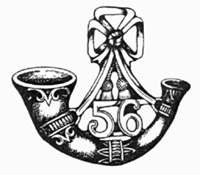
The 56th Punjabi Rifles was an infantry regiment of the British Indian Army. It was raised in 1849 as the 2nd Regiment of Punjab Infantry. It was designated as the 56th Punjabi Rifles in 1906 and became 2nd Battalion 13th Frontier Force Rifles in 1922. In 1947, it was allocated to the Pakistan Army, where it continues to exist as 8th Battalion The Frontier Force Regiment.

The 51st Sikhs was an infantry regiment of the British Indian Army. It was raised in 1846 as the 1st Regiment of Infantry The Frontier Brigade. It was designated as the 51st Sikhs in 1903 and became 1st Battalion 12th Frontier Force Regiment in 1922. In 1947, it was allocated to the Pakistan Army, where it continues to exist as 3 Battalion The Frontier Force Regiment.

The 59 Scinde Rifles was an infantry regiment of the British Indian Army. The regiment was one of the most reputed outfits of the British Indian Army. It was raised in 1843, as the Scinde Camel Corps. In 1856, it was incorporated into the Punjab Irregular Force (PIF). It was designated as the 59th Scinde Rifles in 1904 and became 6th Royal Battalion (Scinde) 13th Frontier Force Rifles in 1922. In 1947, it was allocated to the Pakistan Army, where it continues to exist as 1st Battalion The Frontier Force Regiment.

The 52nd Sikhs was an infantry regiment of the British Indian Army. It was raised in 1846 as the 2nd Regiment of Infantry The Frontier Brigade. It was designated as the 52nd Sikhs in 1903 and became 2nd Battalion (Sikhs) 12th Frontier Force Regiment in 1922. In 1947, it was allocated to the Pakistan Army, where it continues to exist as 4th Battalion The Frontier Force Regiment.
The 53rd Sikhs was an infantry regiment of the British Indian Army. It was raised in 1847 as the 3rd Regiment of Infantry The Frontier Brigade. It was designated as the 53rd Sikhs in 1903 and became 3rd Battalion (Sikhs) 12th Frontier Force Regiment in 1922. In 1947, it was allocated to the Pakistan Army, where it continues to exist as 5th Battalion The Frontier Force Regiment.

The 54th Sikhs were an infantry regiment of the British Indian Army. It was raised in 1846 as the 4th Regiment of Infantry The Frontier Brigade. It was designated as the 54th Sikhs in 1903 and became 4th Battalion (Sikhs) 12th Frontier Force Regiment in 1922. In 1947, it was allocated to the Pakistan Army, where it continues to exist as 6th Battalion The Frontier Force Regiment.

The 58th Vaughan's Rifles was an infantry regiment of the British Indian Army. It was raised in 1849 as the 5th Regiment of Punjab Infantry. It was designated as the 58th Vaughan's Rifles in 1903 and became 5th Battalion 13th Frontier Force Rifles in 1922. In 1947, it was allocated to the Pakistan Army, where it continues to exist as 10th Battalion The Frontier Force Regiment.
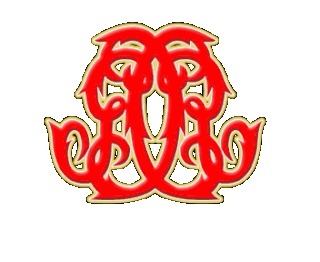
The Guides Infantry, or 2nd Battalion (Guides) The Frontier Force Regiment, is an infantry battalion of the Pakistan Army. It was raised in 1846 as part of the famous Corps of Guides.

















